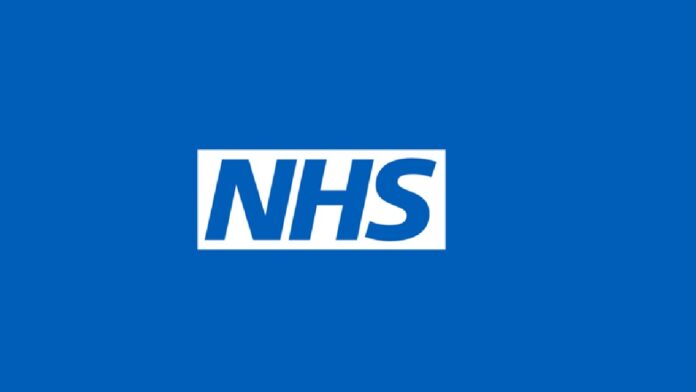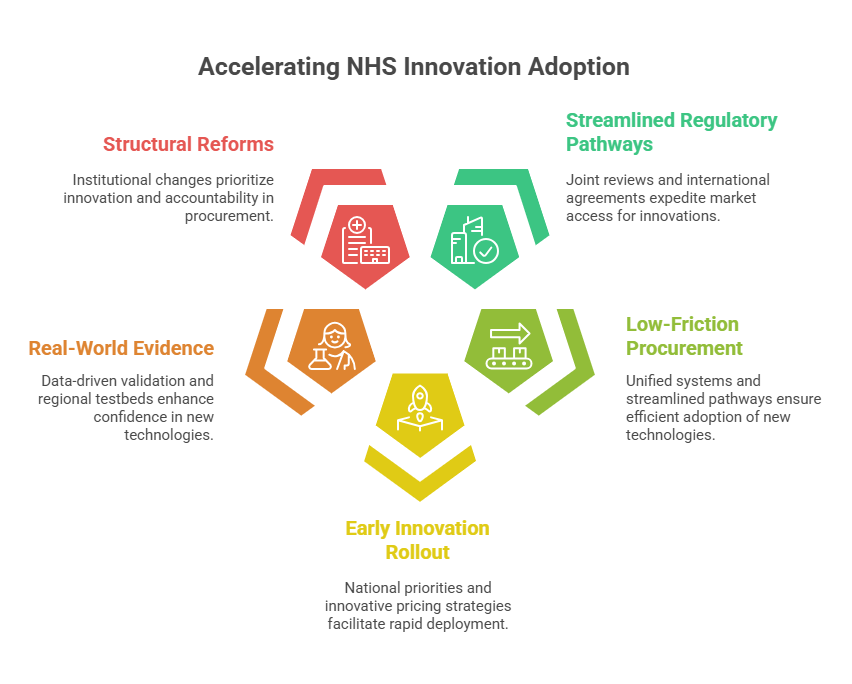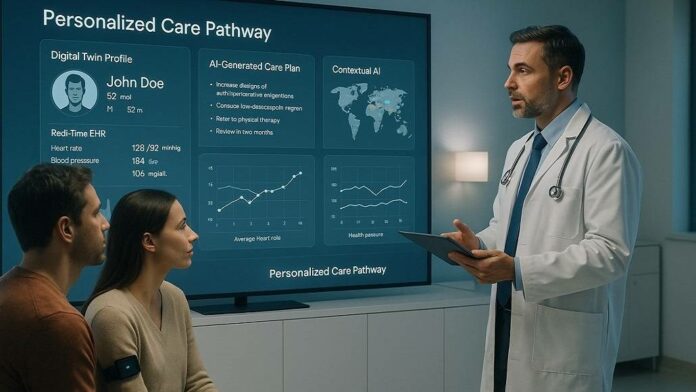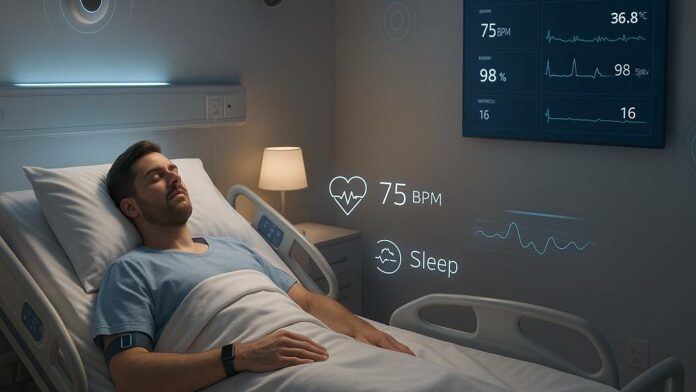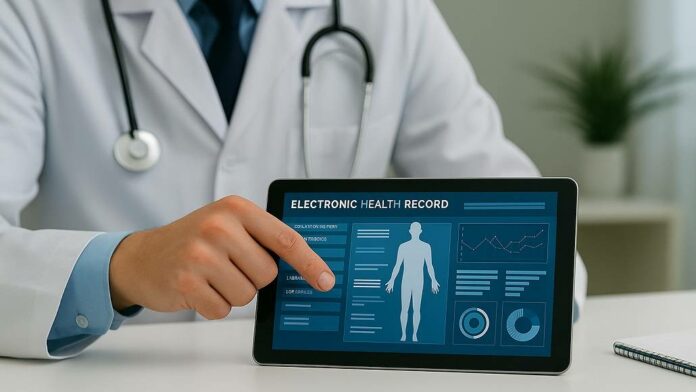As the US healthcare system speeds up its pivot from volume to value, one crucial tool, which is often overlooked in mainstream discourse, is slowly but surely going through a necessary shift—the current procedure terminology, CPT code set. Developed as well as maintained by the American Medical Association (AMA), the CPT code set has long been the lingua franca when it comes to healthcare billing, enabling communication between payers, providers, and patients. However, as the sector moves towards value-based care models, this vulnerable classification system has to evolve not only to track services that are rendered but also to become a dynamic enabler when it comes to quality healthcare that’s outcome-driven.
In a spectrum that is increasingly driven by data outcomes as well as coordinated care delivery, evolving the CPT code set in order to empower value-based care initiatives is no longer a choice. It is foundational. The present system, which is rooted in a fee-for-service mindset, has to now mature into a tool that goes on to reflect not only what care was provided but also how well that care affected the journey of the patient. Let us delve into how this evolution is unfolding, why it actually matters, and what barriers as well as opportunities lie in front of the stakeholders throughout the healthcare landscape.
It is well to be noted that a shift from volume- to value-based codes, which capture quality, patient-centric metrics, and efficiency, has become quite a norm. Traditional CPT codes, which were designed for transaction billing, often fall short in measuring outcomes, such as reduced readmissions, enhanced chronic disease management, or even patient-reported quality of life. For instance, a code for diabetes management today might as well bill for an office visit but fail to account for whether the patient’s HbA1c improved – a critical gap when it comes to value-based models.
What are the opportunities ahead?
Innovations such as a driven court as well as real-world data (RWD) integration could as well automate the outcome tracking. Pilot programs when it comes to episode-based coding also happened to show a lot of promise. The path forward happens to hinge on collaboration along with clinicians, finding meaningful matrix, technology helping with scalable tools, and policymakers going ahead and incentivizing the adoption.
Transitioning to value-based care models
The healthcare sector shift from traditional fee-for-service (FFS) to value-based care (VBC) models happens to represent more than just a change when it comes to reimbursement – it actually signifies a systemic overhaul of how the care gets delivered, measured, and even rewarded. In the FFS systems, volume happens to be the king – the more procedures, appointments, and tests conducted, the more a provider goes on to earn. However, this model has long incentivized quantity before quality, thereby driving up the expenditures while at the same time often neglecting the long-term outcomes or the satisfaction of patients.
That is where value-based care enters, which is a framework that happens to tie the payments to performance, rewarding the healthcare providers to enhance health outcomes, decreasing the hospital admissions, and also delivering more coordinated as well as preventive care. However, this kind of transition isn’t just philosophical. It also demands an infrastructure that can actually quantify the value. This is where the CPT code set happens to become a very important player.
In order to support value-based care, providers are required to document not just what services were offered, but how the services contributed to a wider care plan. For instance, did a remote patient monitoring session help in reducing the emergency visits for a patient having congestive heart failure, or did a virtual nutrition counseling follow-up enhance the blood sugar levels in a diabetic patient? Under the VBC models, these touchpoints do matter, and the coding system has to evolve in order to reflect them precisely.
It is well to be noted that technologies like remote patient monitoring (RPM), AI tools, as well as digital front door strategies are now at the forefront when it comes to elevating patient engagement along with the outcomes. Still, many of these innovations function in a grey area when it comes to billing as well as reimbursement, mostly because the existing CPT codes were not designed with such kinds of modalities in mind. If these services go underreported or even unreimbursed, the momentum toward VBC risks stalling because of outdated coding frameworks.
Driving population health along with quality management
At the heart of value-based care happens to lie a commitment to population health – managing the health of defined groups in a proactive way and not reactively. This kind of approach happens to demand a departure from the isolated view in terms of care that traditional CPT codes often go on to reflect. Rather, what is needed is a coding language that captures the interconnected care journeys when it comes to patients managing chronic diseases, behavioral health requirements, and preventive care strategies.
It is well to be noted that the present CPT code set, which has more than 10,000 codes, happens to be excellent in terms of describing discrete procedures. It often fragments intricate, coordinated efforts into isolated billable events. For instance, a diabetic patient may get nutritional counseling, glucose monitoring, ophthalmic exams, and podiatric care, all as part of the coordinator strategies so as to avoid any kind of complications. Still under the legacy coding models, these appear as certain separate episodes and not a unified, quality-driven intervention.
Interestingly, evolving the CPT code set, which is set to empower value-based care initiatives, happens to mean embedding the principles in terms of team-based care, patient-reported outcomes, and longitudinal tracking within the structure of the codebook. This also happens to include accommodating the rising recognition of social determinants of health – SDoH – with factors such as transportation, housing, and food access, which deeply influence outcomes but are still difficult to track or reimburse under the present frameworks.
The fact is that the CPT code set must also sync with the quality metrics, which are used in pay-for-performance contracts as well as federal reporting. Codes that reflect why care was getting delivered, not just what was done, will enable the providers as well as players to better evaluate effectiveness in terms of interventions, especially when we are talking about high-risk populations.
Decreasing the costs and also embracing alternative payment models
The rising cost of healthcare in the US has actually necessitated a move away from the open-ended reimbursement structure to alternative payment models (APMs), which prioritize accountability, transparency, and outcome-based financing. Models like accountable care organizations (ACOs) as well as bundled payments along with global budgets are gaining a lot of traction and all require consistent, granular, and also value-aligned data in order to function properly.
It is well to be noted that CPT codes, when optimized, can go on to serve as a data backbone for these arrangements. However, as it stands, there are many modern interventions like AI-supported triage systems or even digital mental health platforms, which are not adequately represented in the present codebase. This kind of disconnect slows down the innovation adoption, disincentivizes the providers, and, at the end of the day, undermines the cost-saving potential of such kinds of models.
According to one of the target reports, digital health tools are among the top technologies that happen to be affecting the outcome in patients as well as their satisfaction. But when these services lack recognition within CPT, they remain outside the standard reimbursement pathway. Hence, evolving the CPT code, which is set to empower value-based care initiatives, directly happens to contribute to a decrease in cost by helping coverage for evidence-based, tech-enabled services, which actually prevent high-cost interventions at the later part.
Besides this, evolving the code set helps with care coordination, which happens to be a known driver of expenditure containment. When there are multiple providers who can be reimbursed for shared care plans, specifically imposed for acute or higher-utilizer populations, the system moves much closer to both clinical and financial sustainability.
Regulatory momentum along with standards alignment
Policy support is necessary in order to sustain the pace when it comes to coding evolution. There are federal bodies like the Centers for Medicare & Medicaid Services (CMS) that have signaled a very desirable interest in updating data standards in order to support quality-based reimbursement along with interoperability. Evolving the CPT code set has to align with these broad steps in order to avoid any kind of fragmentation as well as foster spectrum-wide adoption.
The American Medical Association (AMA) has already started expanding the code set along with category III codes for certain emerging technologies and services, which happen to reflect innovations – not yet mainstream but critical value-based models. The addition of codes when it comes to digital therapeutics, remote physiological monitoring, and even caregiver support services happen to illustrate this kind of intent.
At the same time, collaboration with EHR vendors as well as standard bodies like HL7 makes sure that CPT codes can get embedded in a meaningful way within the clinical workflow along with documentation. Without such kind of an alignment, even well-designed codes can lead to certain failure because of lack of integration at the care point.
Overcoming the barriers ahead and continuing to evolve
In spite of the clear momentum, evolving the CPT code set so as to empower the value-based care initiative is a journey that is continuous and not a one-time reform. This kind of development of new codes happens to be inherently intricate and requires rigorous review, consistency of the stakeholders, and real-world validation. The risk is that innovation in care delivery may as well continue to outpace the rate of development of the code.
Moreover, as the CPT code that happens to become more granular, its usability has to remain a priority. Overly intricate or ambiguous codes can also hinder adoption, thereby leading to errors and creating administrative burdens that even frustrate providers along with coders. Education, along with training, will also be critical. Clinical staff, billing teams, and coding professionals should be equipped in order to navigate fresh codes in a confident way, understand the value implications, and also document in a precise way. If the workforce is not prepared, even the most forward-thinking code updates may go ahead and struggle in order to deliver the kind of impact that is intended. And lastly, it is critical to make sure that patients whose lives as well as outcomes are at stake in the transformation remain visible throughout the process. Codes must reflect the real-world experiences, and reimbursement systems must incentivize empathy, consistency, and also shared decision-making in addition to technical excellence.
Conclusion – evolving language so as to get a value-driven future
The shift to value-based care happens to be no longer a theoretical objective. However, it is a defining transition of modern healthcare. And for this shift to succeed, the systems that measure as well as reward care have to evolve with it. The most prominent among them is the CPT code set, which has to mature from a fee-for-service relic into a much more modern engine for value-driven reimbursement, innovation adoption, and also care coordination.
Evolving the CPT code set in order to empower our value-based care initiatives is not just a backend coding project at all. It happens to be a strategic, operational, and cultural necessity. When the CPT codes get reimagined in order to capture relationships, outcomes, technology-driven interventions, and quality-focused workflows, they happen to cease to be administrative artifacts. They go on to become enablers of a smarter, better, and more equitable health system. In a scenario where healthcare is not just how much is done, but how well it is done, the language when it comes to care, which is our code, has to rise to the occasion.




















